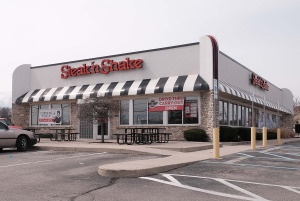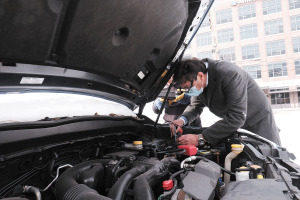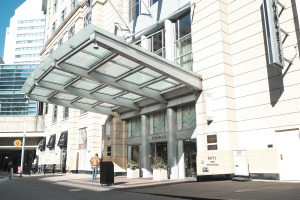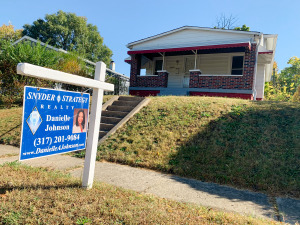Congress repeals Trump-era regulations on payday lenders
Congress on Thursday overturned a set of regulations enacted in the final days of the Trump administration that effectively allowed payday lenders to avoid state laws capping interest rates.
Congress on Thursday overturned a set of regulations enacted in the final days of the Trump administration that effectively allowed payday lenders to avoid state laws capping interest rates.
The program, Build Fund, helps small businesses that are not ready for traditional bank loans receive affordable funding.
Loans from online lenders saved thousands of small business owners who were unable to get COVID-19 relief loans from big traditional lenders. Now, encouraged by getting applications processed within days rather than weeks, these owners are becoming repeat customers.
U.S. consumer borrowing rose by a strong $25.8 billion in March, the second-straight month of sizable gains.
As of Sunday, the Paycheck Protection Program had given out nearly 10.8 million loans worth more than $780 billion since April of last year.

The Indianapolis-based company has declared itself debt-free, but the lenders say they’re owed more than $8.5 million.
The rollout of COVID-19 vaccines and vast sums of government aid will accelerate global economic growth to a record high this year in a powerful rebound from the pandemic recession, the International Monetary Fund says in its latest forecast.
Consumer borrowing is closely watched for indications about Americans’ willingness to take on more debt to finance their spending, which accounts for two-thirds of U.S. economic activity.

A veteran of a specialty auto-industry sector called floor-plan financing has launched a lending company that promises independent car dealers funding wherever they buy vehicles.
Overall, the nation’s nearly 200 dioceses and other Catholic institutions received at least $3 billion. That makes the Roman Catholic Church perhaps the biggest beneficiary of the Paycheck Protection Program
If the rule were finalized, it would open up seven SBA loan programs to a range of religious-affiliated businesses such as Christian publishers and for-profit schools affiliated with religious organizations.
According to data on the government’s Paycheck Protection Program, about 600 mostly larger companies, including dozens of national chains, received the maximum amount allowed under the program of $10 million.
The increase included a $3.98 billion increase in credit card borrowing, the first rise since February. Credit card use had fallen for six straight months as households cut back on use of credit cards once the pandemic hit.

With travel and convention business continuing to stagnate and COVID-19 cases on a steep rise, many properties find themselves scrambling for long-term loan solutions and pleading for help from lenders.

Although redlining—discrimination in banking and lending based on someone’s race or where they live—has been illegal since the Fair Housing Act passed in 1968, analysts at Indiana University’s Public Policy Institute found that inequities in home-loan lending still exist.
JPMorgan Chase said Thursday it will extend billions in loans to Black and Latino homebuyers and small business owners in an expanded effort directed at “widespread economic inequality.”
Consumer borrowing is closely followed for signals it can send about households’ willingness to take on more debt to support their spending, which accounts for 70% of economic activity.
Changes to the CRA laws are considered long overdue among banking experts, especially given the rise of online banking.
U.S. consumer borrowing rose by a solid 3.6% in July, the second monthly gain after the coronavrius pandemic had sent consumer borrowing down sharply in the previous three months.
Behind the Fed’s new thinking is an ailing economy in the grip of a viral pandemic and a stubbornly low inflation rate that has long defied the Fed’s efforts to raise it.